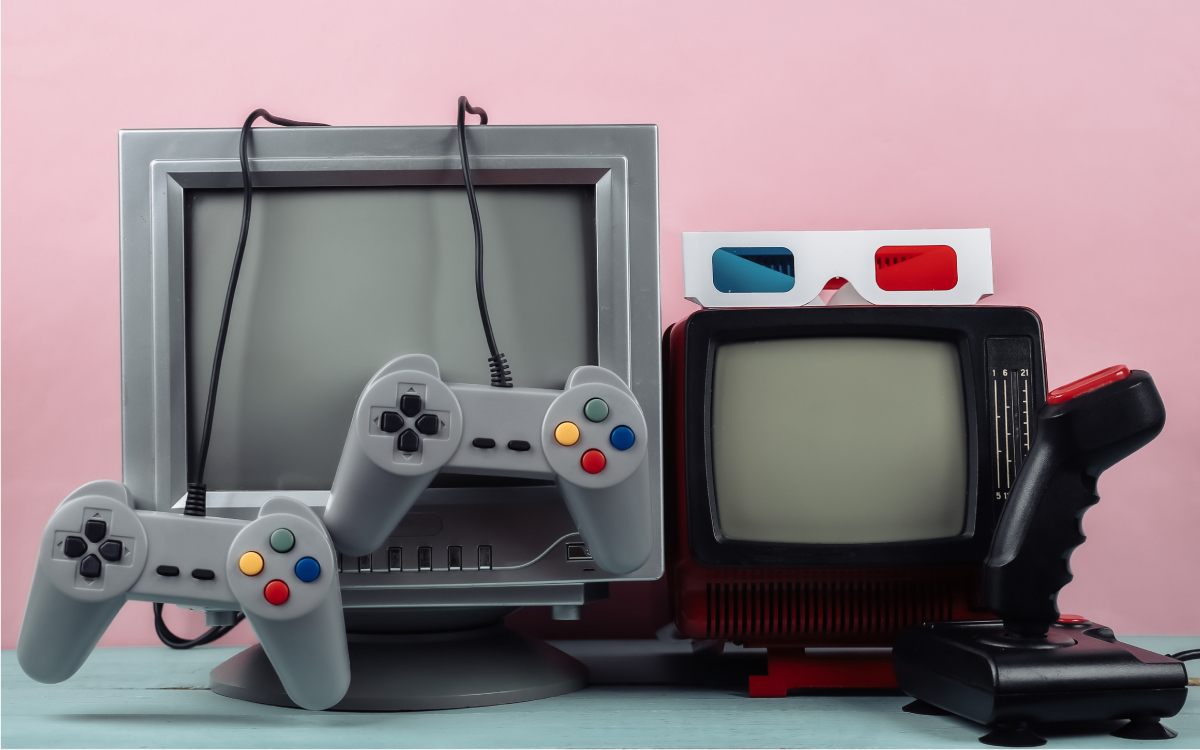It’s a real blow that has hit the video game industry in recent days, with the publication of an edifying study on the subject. The latter estimates that 87% of so-called “classic” titles have already completely disappeared from the radar. This raises the question of the legitimacy of piracy in the conversation of cultural property, when companies do not deign to take care of it themselves.
Since yesterday, a certain atmosphere of mourning has hovered over the world of video games. In question, the conclusion for the least alarming of the latest study of the Software Preservation Network, commissioned by the Video Game History Foundation. The organization, particularly involved in the difficult subject of the preservation of video games, wanted to take the temperature of the industry on this project. The result is edifying: 87% of classic video games are no longer for sale or may soon disappear.
First of all, clarification that titles released before 2010 are considered “classic”, namely “the year digital game distribution started to take off”, according to the VGHF. Another clarification, remakes are not taken into account. The study cites in particular the example of Yakuza Kiwami, a reinterpretation of the first Yakuza on PS2 released in 2016, but considered as a title in its own right. However, let’s make things clear right away: unfortunately, no one is surprised by this finding.
On the same subject — Retrogaming: collectors file a complaint against two companies that would lie about the price of games
Piracy appears to be the only viable solution for the preservation of video games
Indeed, the subject is regularly put back on the table, very often following the decision of a manufacturer to cut off access to its oldest games. Nintendo notably made the headlines in this area at the start of the year by definitively closing its eShop for the Wii U and the 3DS in March. “When the eShop shut down the Game Boy toy library, [le nombre de jeux disponibles] went from around 11% to 4.5%,” notes Kelsey Lewin, author of the study, in an interview with Kotaku, before adding: “There shouldn’t be just one reason for the disappearance of all these games.”
Faced with this disaster, to which the manufacturers – Nintendo not being the only one to blame in this specific case – seem to attach little importance, the VGHF sees only two solutions to limit the damage: “research and maintain vintage collectible games and hardware, cross the country to visit a library, or… hack”. We have to face the facts: retro consoles capable of running classic games will eventually give up sooner or later. The question then arises of the real way to preserve the video game.

Some have already found the answer, and argue that the most important thing is to archive the game code. And when manufacturers and developers do not want to embark on such a project, piracy, whether intended for emulation or simply for conservation, appears to be the last viable solution. Suffice to say that the thing is not easy for the fervent defenders of the preservation of the video game.
For several years, sites providing emulators and retro game ROMs regularly find themselves in court, even though their activity is theoretically legal. Problem, many players do not have a physical copy of the title they want to emulate and are content to download the ROM to which they have free access. But, again, when nearly 9 out of 10 games are no longer available for sale, can we really blame them?
Source: Video Game History Foundation
